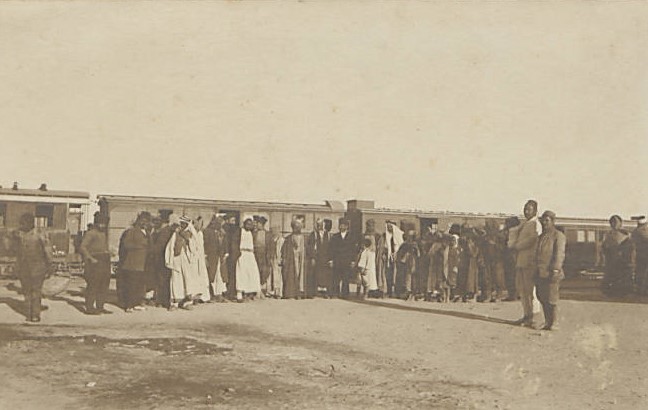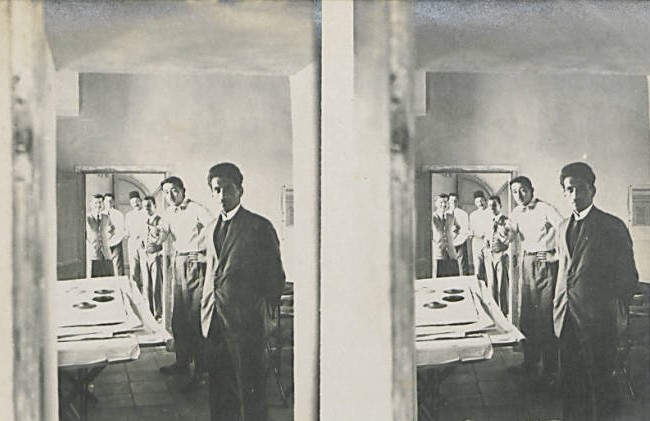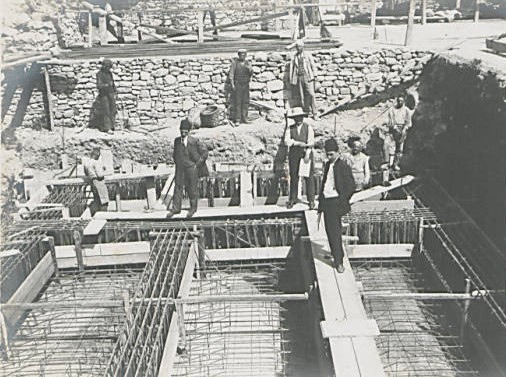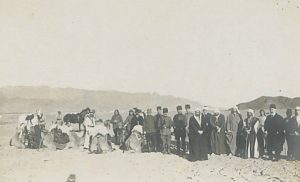Collection of An Ottoman Architect: Human Landscapes


“I found a general map of the Temple Mount in a German library. I copied it on a straw paper with drawing ink, and also drew a cross section of the Dome of the Rock. I prepared the size and draft drawings of the tiles on the facade. I had tile samples with me and again return to Istanbul over Egypt. […] We met Kemâl Bey in Alexandria. I left Kemâl Bey in Athens. I made this return journey with a Hidiviye ferry. The repairment of Al-Aqsa Mosque was not of concern in my first visit to Jerusalem. During my visit I saw the errors in the previous repair which was made on the occasion of German Emperor’s visit.” – Mehmet Nihat Nigizberk

The Mehmet Nihat Nigizberk Collection of Architectural Photographs and Drawings consists of photographs, photo cards, notebooks, plans and architectural drawings related to specific historical buildings and also construction and restoration projects in the architect’s archive. The architect worked for a long time in different positions at the Directorate of Foundations. According to Vasfi Egeli (1945) Nigizberk worked in “78 restoration projects, completed 47 of the restoration he worked and also he constructed 26 buildings as sources of income to Directorate of Foundation during the beginning of his career in the Directorate of Foundations.” [1] [2]
Between 1909-1914, at the beginning of his career, Nigizberk has involved such construction projects as First Vakıf Han, Bebek Mosque, Bostancı Mosque and Hospital for the Poor; the period between 1914-1927, he worked in the restoration projects of Selimiye Mosque (Damascus), Süleymaniye Madrassa and Complex (Damascus) and also construction projects of Sarıkız Apartments and Ankara Palace. The restoration of Al-Aqsa Mosque in the Temple Mount by the architect took place in this period of his career. The images, drawings and notes related to the restoration works of Al-Aqsa Mosque and several monuments in Temple Mount complex in 1922 as Nigizberk was assigned as architect in charge and construction site supervisor, especially form a significant part of the collection.
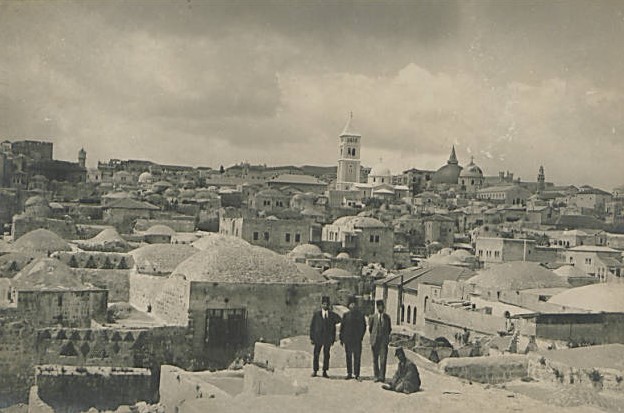
On the assignment of Architect Kemalettin and the involvement of Nigizberk in the restoration project of Al-Aqsa Mosque in 1922, Ali Cengizkan states as: “ In 1922 Architect Kemalettin is called to Jerusalem by the Philalistine Supreme Muslim Council in Jerusalem to restore Al-Aqsa Mosque which is ruined severely especially in the dome and several other areas. There were essential reasons for this assignment as even in the course of war Kemalettin was known as the most influential architect in Islamic World and also specification reports and observation of Architect Kemalettin with Mehmet Nihad Nigizberk in their first visit to the area in 1916.” [3]
The photographs as the main body of the collection consists images of over 100 unique structures in over 40 cities such as İstanbul, Bursa, Konya, Antalya, Damascus, Jerusalem, Gaza and Cairo ranging in the geographies of Anatolia, the Middle East and North Africa. The notebooks of the architect (16 in total, 7000 pages), dating from 1909 to 1948, include a variety of information about the architect’s practices including voyage notes, personal observations, architectural calculations, drawings, construction material types and their prices. This set of archival documents points out 2 working fields as inventory works of Turkish-Islamic architecture in Anatolia and restoration projects in the Middle East.

The collection not only presents a valuable insight about the architectural practices related to construction and restoration in the late Ottoman period but it is also a source in reflecting the social and cultural habitat of its period. In this sense human landscapes are one of the themes of the archive. As the architect had travelled through different regions of the Empire in his career, photographs in the collection including the human landscapes range from calligraphy masters to people drawing water from a well in front of the Dome of the Rock. The digital exhibition “Collection of An ottoman Architect: Human Landscapes” presents a selection focusing on the sceneries of people from the collection.

Some Examples From The Collection
|
|

|
|
|
[1] “Mimar Mehmet Nihat Nigisberk, 1873-1945”, Egeli, Vasfi, Arkitekt, 1945
[2] Mimar Kemalettin ve Çağı, “Mehmet Nihat Nigisberk’in Katkıları, Evkaf İdaresi ve Mimar Kemalettin”, Cengizkan, Ali, TMMOB Mimarlar Odası, Vakıflar Genel Müdürlüğü, 2009
[3] Mimar Kemalettin ve Çağı, ed. Ali Cengizkan, “Mehmet Nihat Nigisberk’in Katkıları, Evkaf İdaresi ve Mimar Kemalettin”, Cengizkan, Ali, TMMOB Mimarlar Odası, Vakıflar Genel Müdürlüğü, 2009




